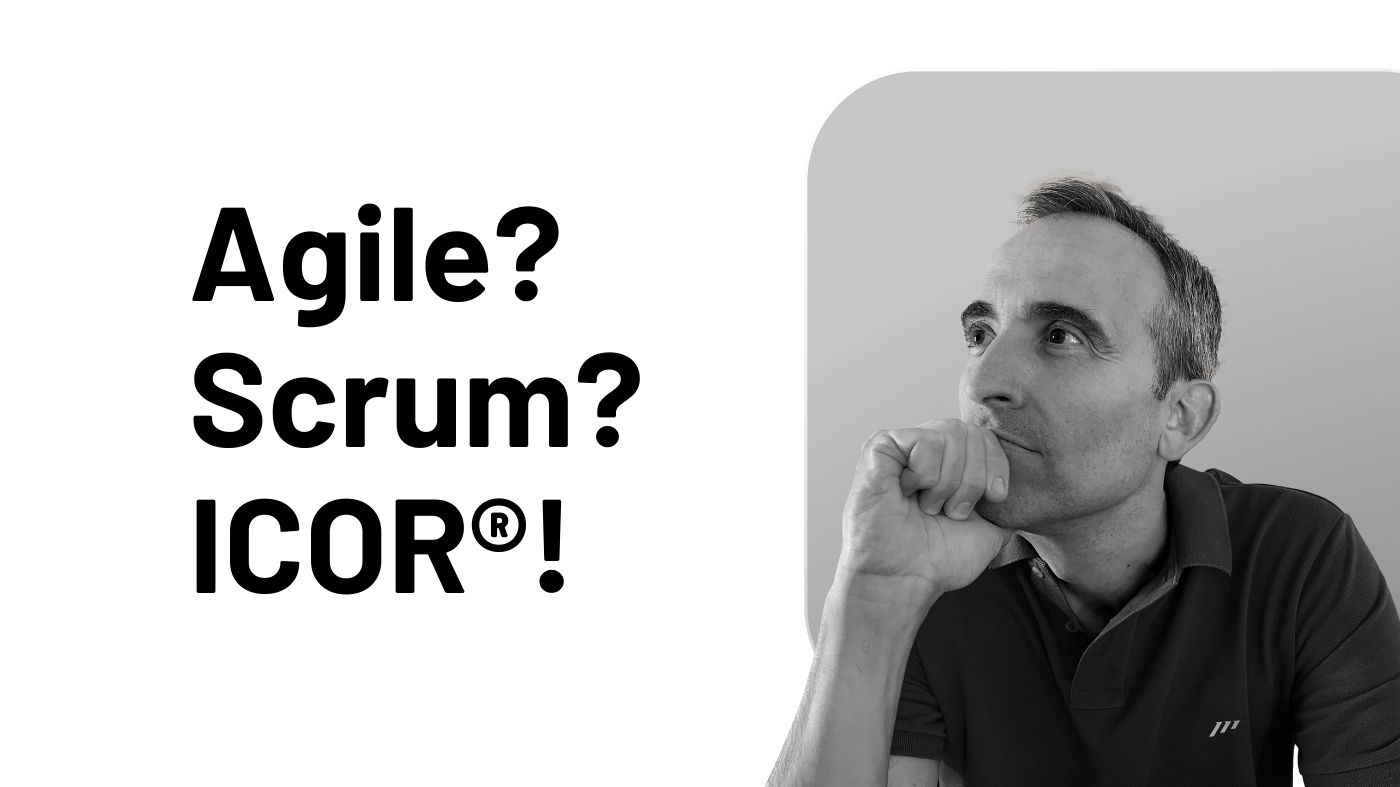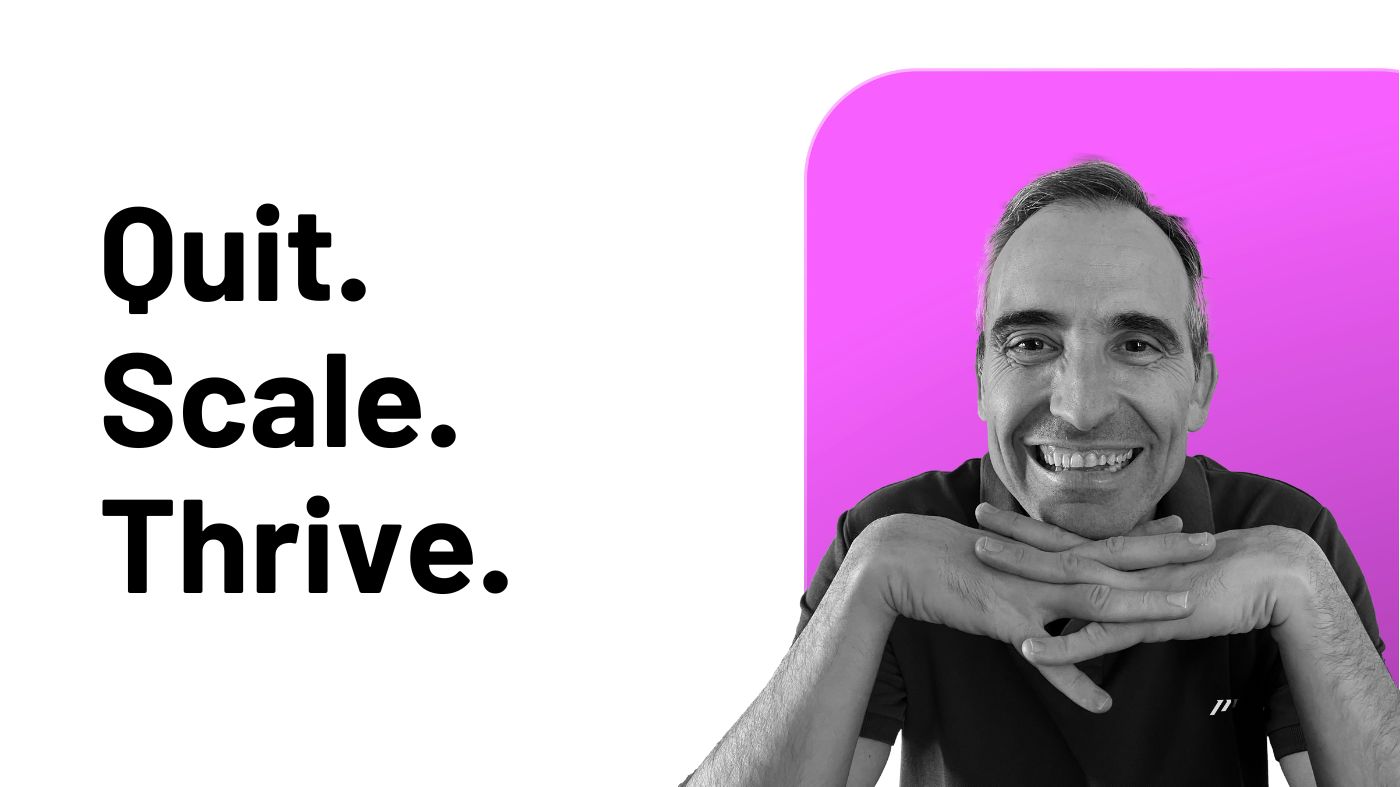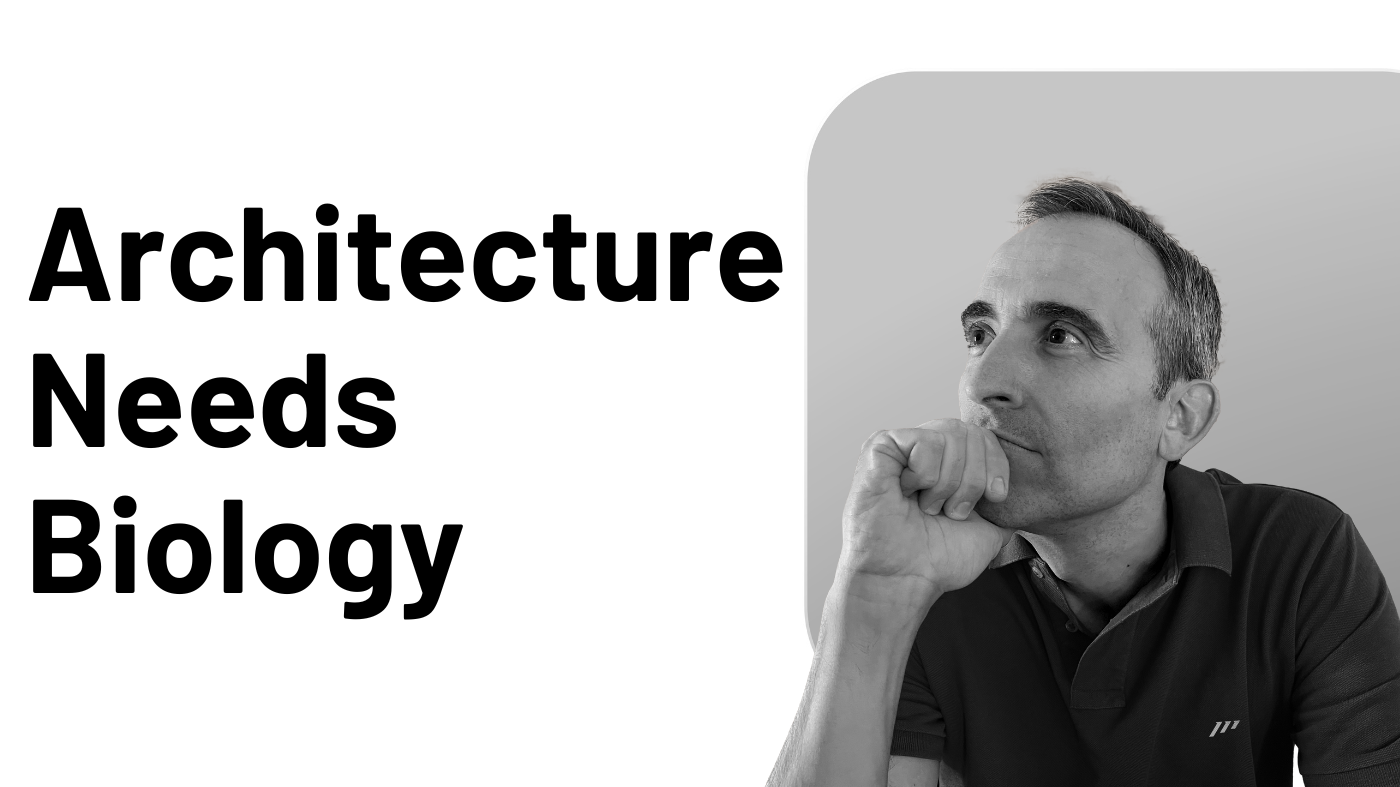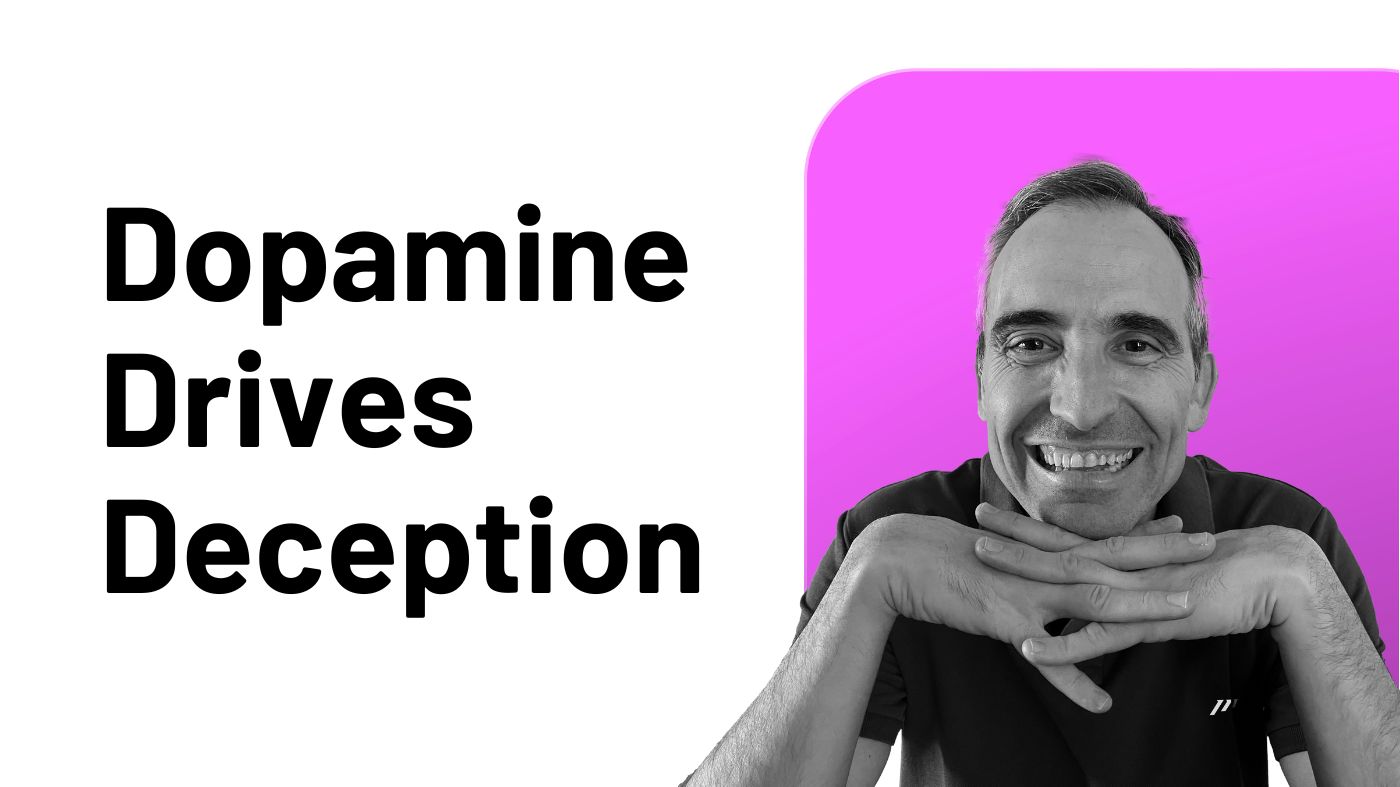During one of our Weekly Q&A sessions in the Paperless Movement® Membership, a member asked, “How do you compare ICOR® with Agile and Scrum?”
This question sparked a deep and meaningful conversation, sparking the idea for this article.
It’s a powerful question for busy professionals looking to boost productivity but unsure how to navigate different methodologies.
Understanding the differences between ICOR®, Agile, and Scrum and any other methodology is crucial to help you make the right choices for your productivity system.
In this article, I’ll break down the key differences and show you how to navigate them to reach success.
What is Agile?
Agile isn’t just a methodology—it’s a dynamic Project Management philosophy built for flexibility and adaptability.
At its core, Agile promotes iterative development, continuous improvement, and close collaboration with customers.
Teams working within Agile frameworks focus on delivering small, functional components regularly, rather than waiting for a big reveal at the end of a project.
This approach allows them to quickly respond to feedback and shifting priorities, keeping the project on track and aligned with evolving needs.
The key principles of Agile are:
-
Embracing change with flexibility.
-
Delivering value through ongoing feedback loops.
-
Encouraging collaboration between developers and customers.
Agile’s true power lies in its adaptability, making it perfect for fast-paced industries like software development, where change is constant.
What is Scrum?
Scrum is an Agile framework that brings structure and discipline to the Agile philosophy.
It breaks down work into short, focused cycles known as “sprints,” typically lasting 2-4 weeks.
Each sprint involves key activities like sprint planning, daily stand-ups, reviews, and retrospectives to keep the team aligned and moving forward.
Scrum also defines clear roles—Product Owner, Scrum Master, and Development Team—to ensure everyone knows their responsibilities and can collaborate effectively.
Key aspects of Scrum include:
-
Defined roles and responsibilities.
-
Time-boxed sprints for focused, efficient work.
-
Transparency and continuous improvement through regular, structured meetings.
While Scrum adds valuable structure to Agile, its more rigid framework can sometimes be a challenge in complex or fast-evolving projects where flexibility is key.
What is ICOR®?
ICOR® (Input, Control, Output, Refine) is a comprehensive productivity methodology designed to help busy professionals create a personalized productivity system using any tools they choose.
Unlike Agile or Scrum, which are primarily focused on Project Management, ICOR® covers the entire productivity spectrum—from handling personal information and tasks to managing projects and team collaboration.
“It’s not the daily increase but daily decrease. Hack away at the unessential.” — Bruce Lee
With ICOR®, you can:
-
Tackle information overload and transform it into actionable tasks.
-
Maintain clarity and focus, as it’s a goal-oriented methodology, by systematically organizing your work.
-
Continuously enhance your performance through the Refine stage.
ICOR® offers a holistic approach, guiding you from capturing ideas (Input) and processing them (Control) to executing efficiently (Output). The final stage (Refine) ensures ongoing improvement, making your productivity system more effective over time.
The Right Approach: Methodologies in Context
Let’s be clear: trying to directly compare ICOR® with Agile or Scrum misses the bigger picture.
Each serves a distinct purpose in the productivity landscape, and ICOR® offers a more holistic approach to how we manage both work and life.
So, how do you decide which approach is right for you?
To make sense of it all, consider two key principles:
-
Not all methodologies serve the same purpose.
-
Take what works for you, and leave what doesn’t.
Let’s break this down.
First, recognize that each methodology serves a different function:
-
Agile is a mindset that promotes flexibility and iterative teamwork.
-
Scrum is a framework with defined roles, meetings, and tools that bring Agile principles to life.
-
ICOR® is a comprehensive methodology that supports both personal and professional productivity, adaptable across industries, tasks, and tools.
“It is not the strongest of the species that survive, nor the most intelligent, but the one most responsive to change.” — Charles Darwin
Second, many professionals fall into the trap of thinking they need to fully commit to one methodology and ignore the rest.
But the truth is, you can—and should—cherry-pick the elements that work for your unique situation.
Ask yourself:
-
What does this methodology offer?
-
Does it solve any of my current challenges?
-
Can I integrate parts of it into my existing workflow?
The real strength of ICOR® lies in its flexibility. It allows you to integrate key elements of Agile or Scrum if and when you need them, without being confined to a single framework.
You can effortlessly blend these approaches, using what works best for you, while building on the solid foundation of ICOR®.
Takeaways
At the Paperless Movement®, we don’t rely on Agile or Scrum because ICOR® covers all our productivity needs.
But that might not be the case for you.
“The secret of getting ahead is getting started.” — Mark Twain
Instead of trying to fit yourself into a specific methodology, focus on building a productivity system that fits you.
ICOR® offers the flexibility to draw from the strengths of Agile and Scrum when necessary, while providing a solid framework to keep your overall productivity on track.
By combining the best elements of each, you can avoid burnout, boost performance, and create a workflow that feels effortless.
Whether you’re managing projects, teams, or personal tasks, the key is to design a productivity system that works for you.
That’s the true power of ICOR®: it literally transforms the way you approach productivity.




